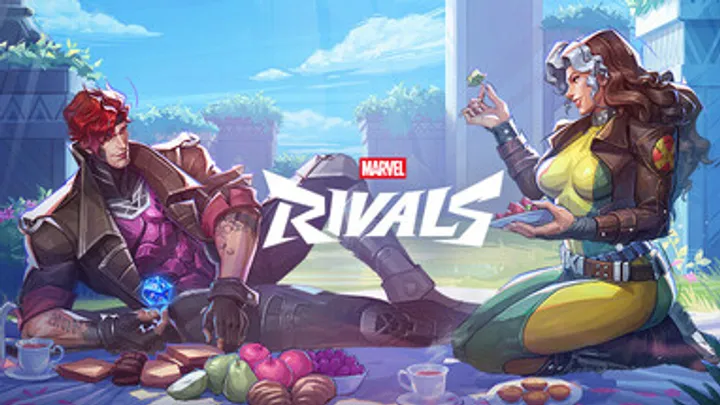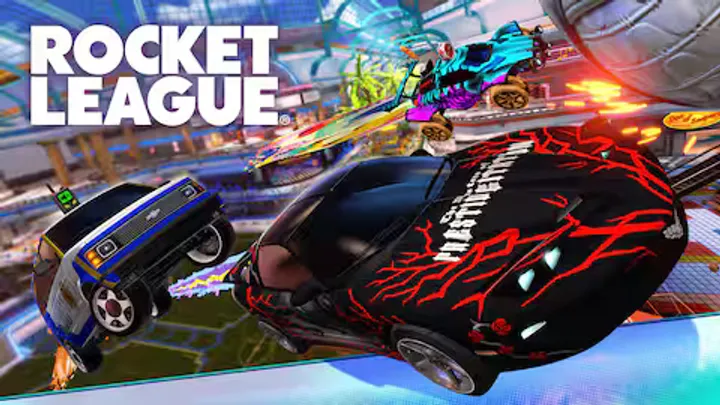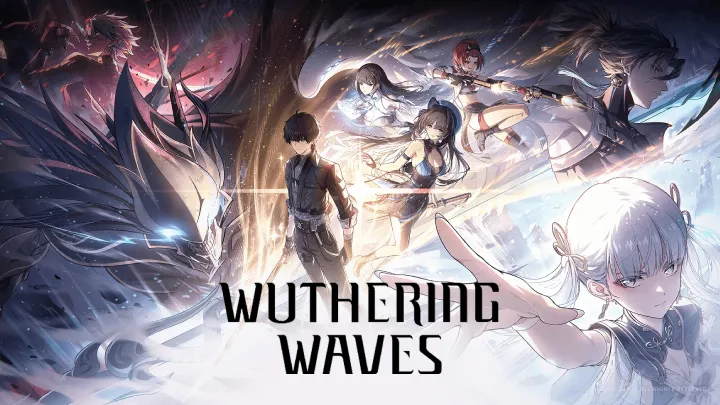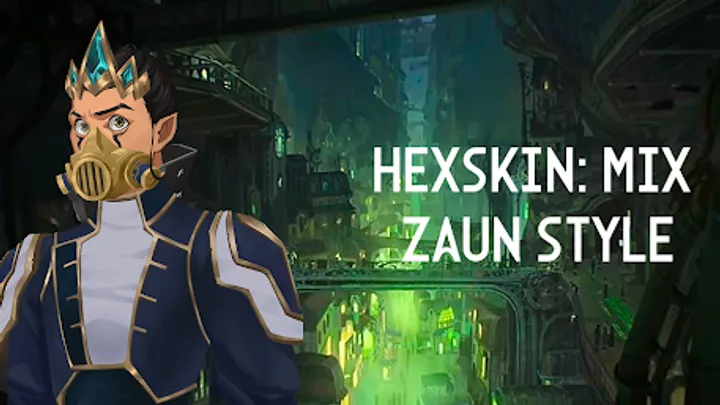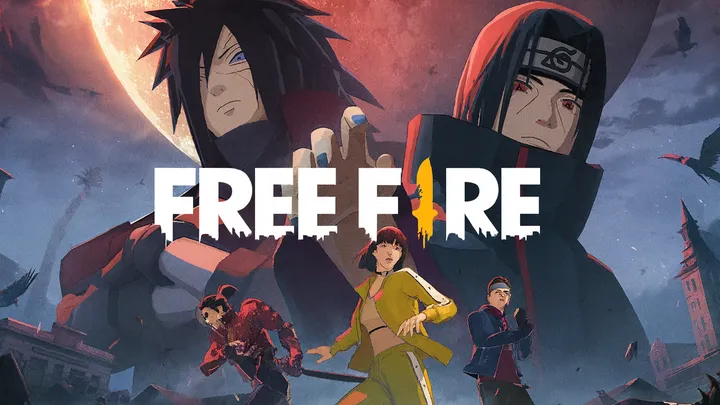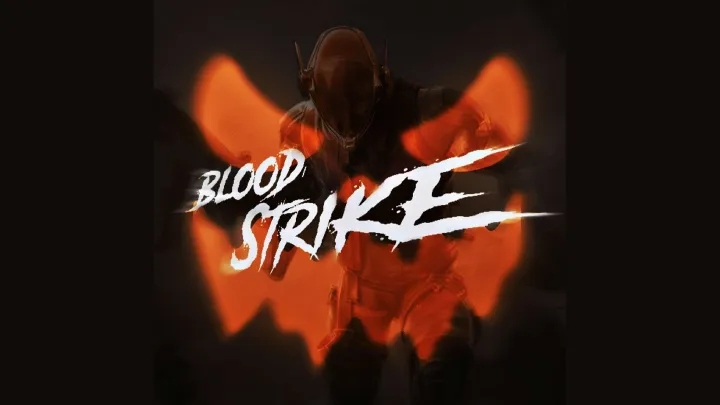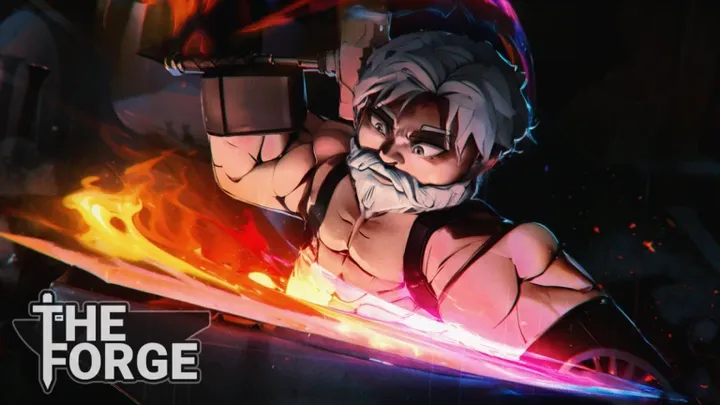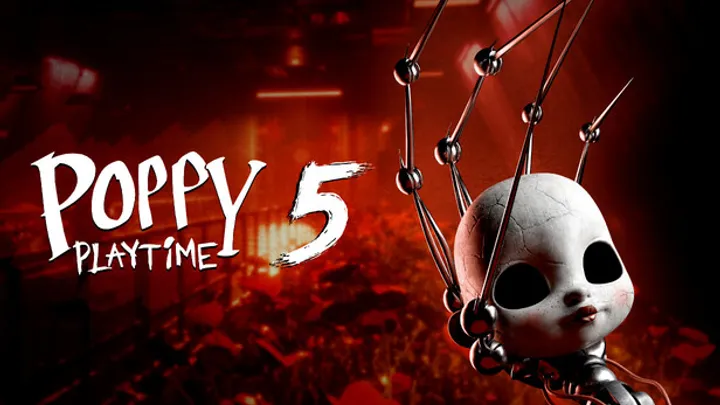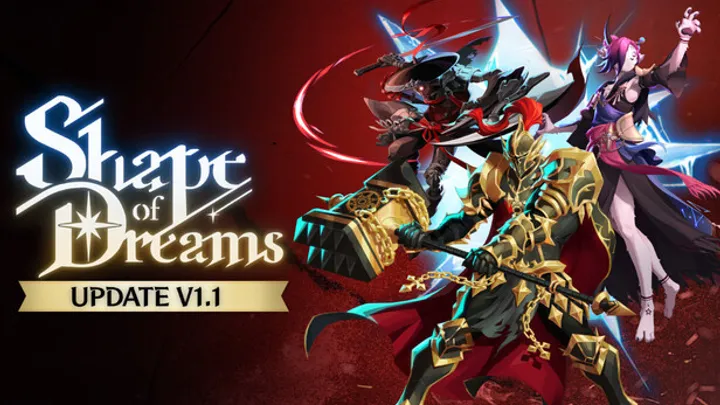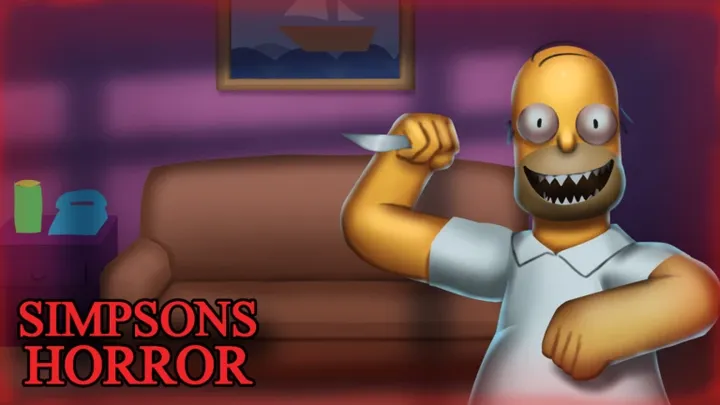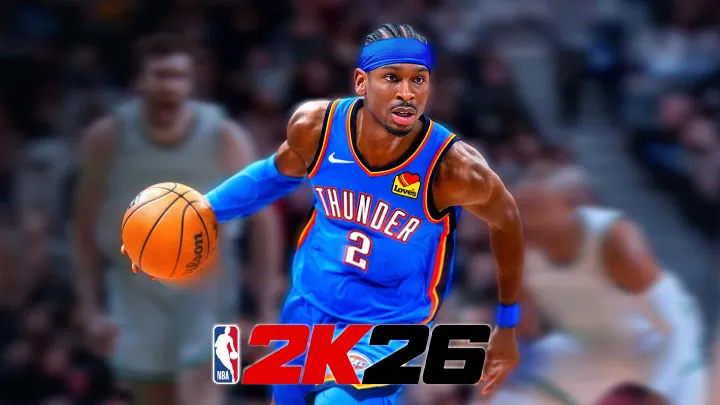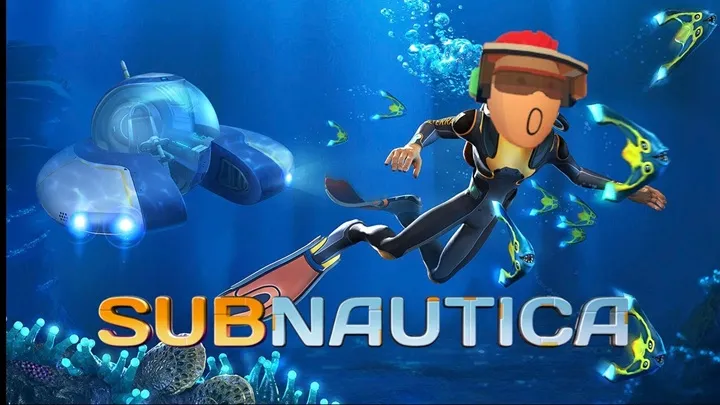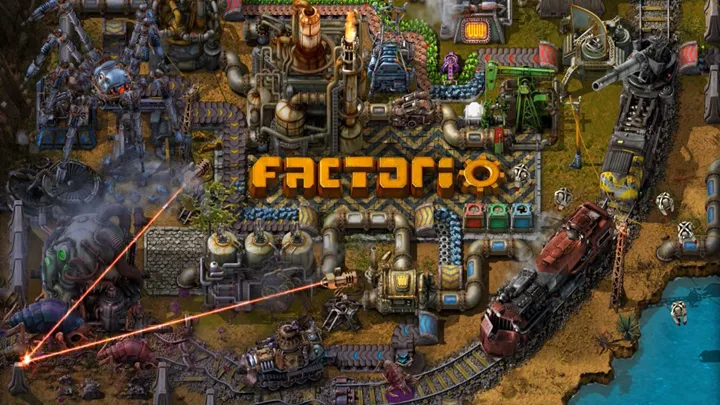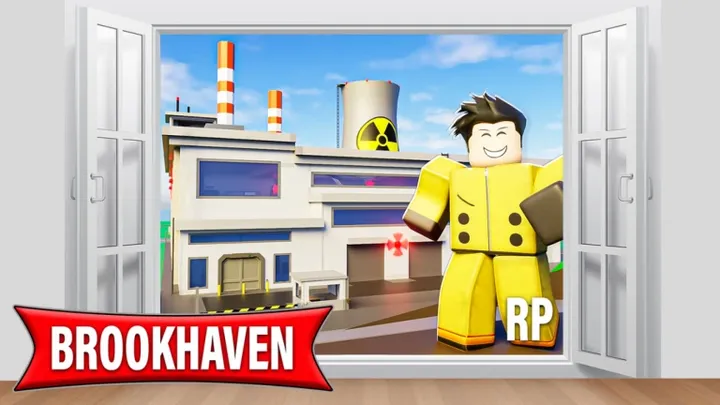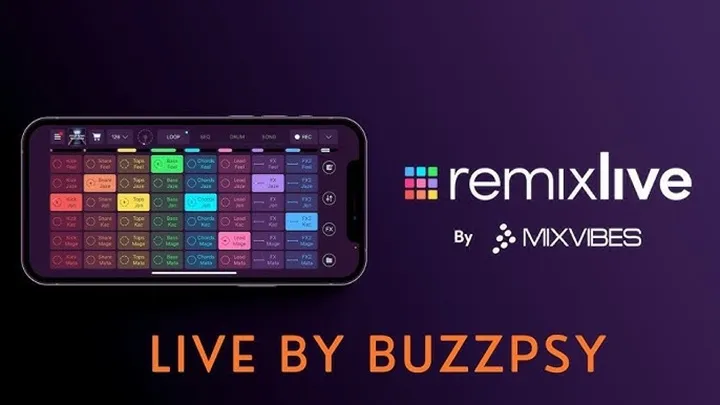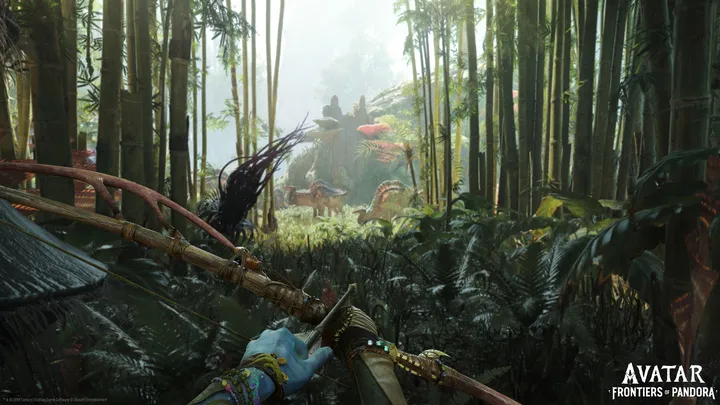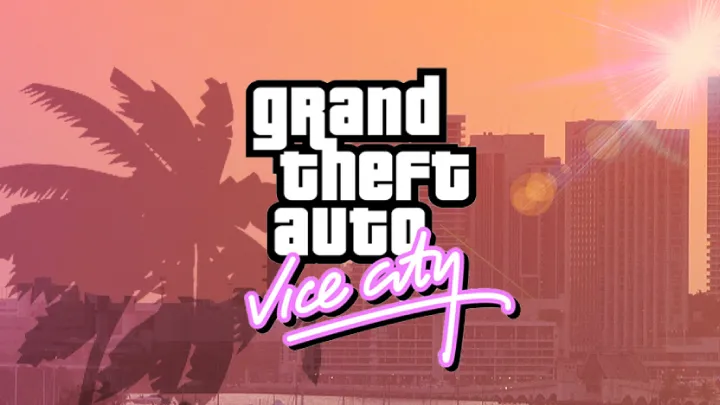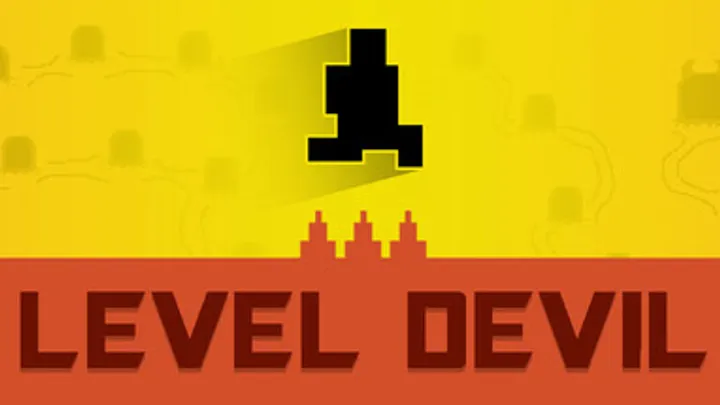Introduction
Marvel Rivals is an exhilarating team-based PvP shooter set in the expansive Marvel universe, developed and published by NetEase Games. Released on December 5, 2024, it invites players to dive into fast-paced action where they can assemble iconic superhero teams, utilize unique powers, and engage in dynamic battles across destructible environments. This review will explore the game’s mechanics, visuals, audio design, narrative depth, community engagement, and overall strengths and weaknesses.
Core Gameplay Mechanics
Game Structure
At the heart of Marvel Rivals lies its engaging turn-based combat system where players build their teams by selecting from a wide array of Marvel characters.
- Team Assembly:
- Players can create their squads by choosing iconic heroes and villains from the Marvel universe, including members from the Avengers, X-Men, and Guardians of the Galaxy. Each character possesses unique abilities, encouraging players to experiment with different team compositions.
- Dynamic Combat:
- Matches are 6v6, featuring fast-paced gameplay that keeps players on their toes. The turn-based format allows for strategic maneuvering and tactical planning, where every decision can influence the outcome of the match.
- Hero Abilities:
- Each character has special powers that not only reflect their comic book counterparts but also encourage synergy with teammates. Players can combine these powers to unleash devastating Team-Up skills that can turn the tide of battle.
Unique Features
Diverse Character Roster
One of the game’s main attractions is its robust roster of characters. Players can choose from fan-favorite superheroes and villains, each bringing their unique abilities and strategies to the battlefield.
Environmental Interaction
The destructible environments add another layer of strategy, allowing players to manipulate terrain and use it to their advantage. Players can tear down structures or reshape the landscape to seek cover or launch attacks.
Evolving Content
Marvel Rivals promises a continually evolving experience, with seasonal updates that introduce new characters, maps, and gameplay dynamics, ensuring players always have fresh content to explore.
Visuals and Art Style
Graphics
The graphics in Marvel Rivals are vibrant and visually striking, reflecting the comic book inspiration of the Marvel universe:
- Stunning Art Direction: The character designs are detailed and colorful, capturing the essence of the MCU and comic lore while maintaining a distinct style.
- Dynamic Environments: Each battlefield is crafted with care, featuring recognizable locations from the Marvel universe, complete with engaging animations and environmental effects.
User Interface
The user interface is user-friendly, allowing players to easily navigate through character selections, upgrades, and in-game information. Clear visuals and responsive menus enhance the overall gaming experience.
Audio Design
Soundtrack and Effects
The audio elements in Marvel Rivals significantly contribute to the game's immersive experience:
- Dynamic Soundtrack: The music complements the fast-paced action, using heroic themes that adapt to various gameplay situations, intensifying the emotional impact of battles.
- High-Quality Sound Effects: Sound effects for abilities, attacks, and environmental interactions are crisp and engaging, adding to the excitement of each encounter.
Narrative Depth
Storyline and Themes
While Marvel Rivals primarily focuses on competitive gameplay, it integrates a light narrative framework:
- Heroic Conflicts: The story revolves around the age-old battle between heroes and villains, exploring themes of teamwork, strategy, and the constant struggle for justice.
Character Backstories
Each character has a rich background that adds depth to their role in the game. Players not only engage with familiar personalities but also learn about their motivations and relationships within the larger Marvel universe.
Community Engagement
Player Base
The game fosters an active and engaged community, encouraging players to connect and share experiences:
- Multiplayer Dynamics: Cross-platform play options allow friends to team up, enhancing the multiplayer experience and fostering friendships among players.
- Community Interaction: Discussions, strategies, and tips flow freely among players on various forums and social media, creating a sense of camaraderie.
Developer Engagement
NetEase Games actively engages with the player community, providing regular updates, addressing player feedback, and hosting events that encourage participation and community-building.
Strengths and Weaknesses
Strengths
- Exciting Gameplay Mechanics: The blend of strategic squad building and dynamic combat creates an engaging experience for players.
- Diverse Character Roster: The inclusion of beloved Marvel characters fosters emotional connections and expands gameplay variety.
- Stunning Visuals: High-quality graphics and creative designs enhance immersion within the Marvel universe.
- Evolving Content: Regular updates keep the game fresh, attracting both new and returning players.
- Strong Community: An active player base fosters an engaging environment for strategies and collaboration.
Weaknesses
- Repetitive Mechanics: Some match structures and strategies may become repetitive over time, potentially leading to player fatigue.
- Technical Issues: New updates might introduce bugs or glitches that disrupt gameplay.
- Learning Curve: The complexity of abilities and strategies may present challenges for new players.
- Limited Single-Player Content: Players seeking a deep single-player narrative may find the focus primarily on multiplayer.
- Balancing Challenges: Ongoing balancing of character abilities and gameplay mechanics will be essential to maintain fairness.
Future Prospects
Updates and Expansions
As the game evolves, players can look forward to new content and improvements:
- New Characters and Abilities: Future updates should introduce exciting new heroes and villains that expand the gameplay experience.
- Community-Driven Events: Encouraging events that involve players in gameplay decisions or storytelling could enhance community interaction and investment in the game.
Narrative Development
Ongoing updates may also dive deeper into character stories and relationships, offering players richer narratives and context for their battles.
Conclusion
Marvel Rivals delivers an exhilarating multiplayer experience that connects fans of the Marvel universe through engaging strategies and thrilling combat. With its exciting gameplay, breathtaking visuals, and strong community, it stands out as a formidable entry in the hero shooter genre.
Final Thoughts
In summary, Marvel Rivals is a captivating blend of action, strategy, and beloved Marvel characters. While challenges such as potential repetitiveness and balancing issues exist, its strengths make it a worthwhile experience for fans and newcomers alike. Players can expect a dynamic adventure filled with teamwork, excitement, and the chance to embody their favorite superheroes as they navigate the ever-changing battlefield of the Marvel universe.














































